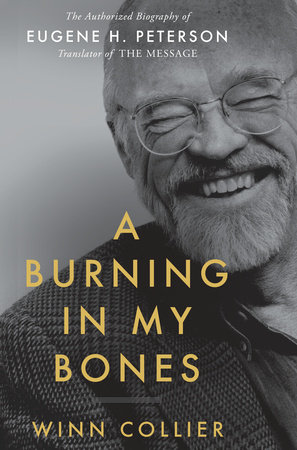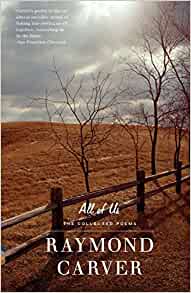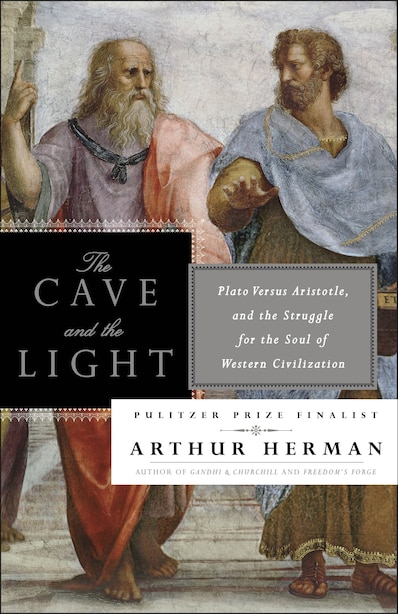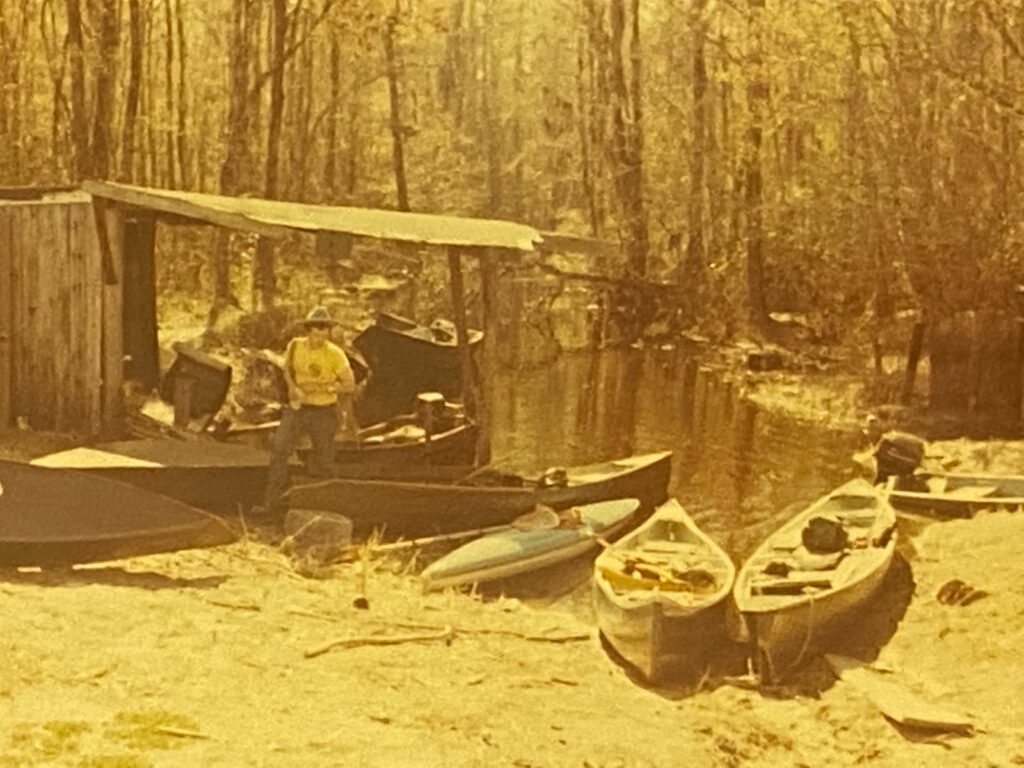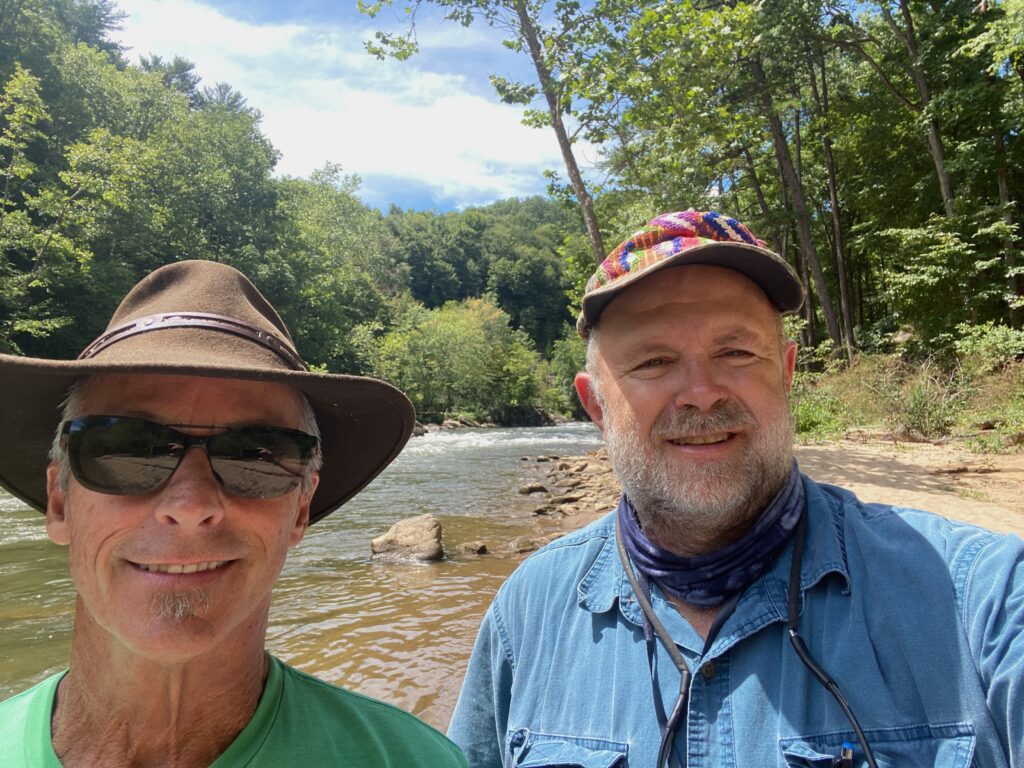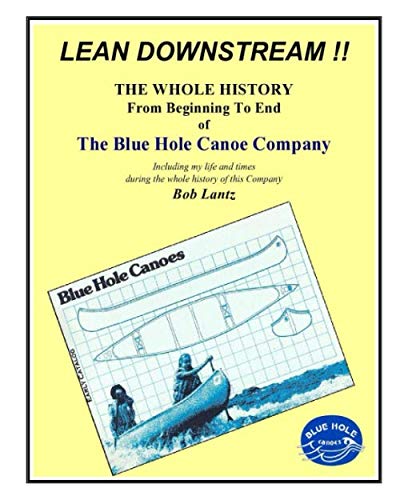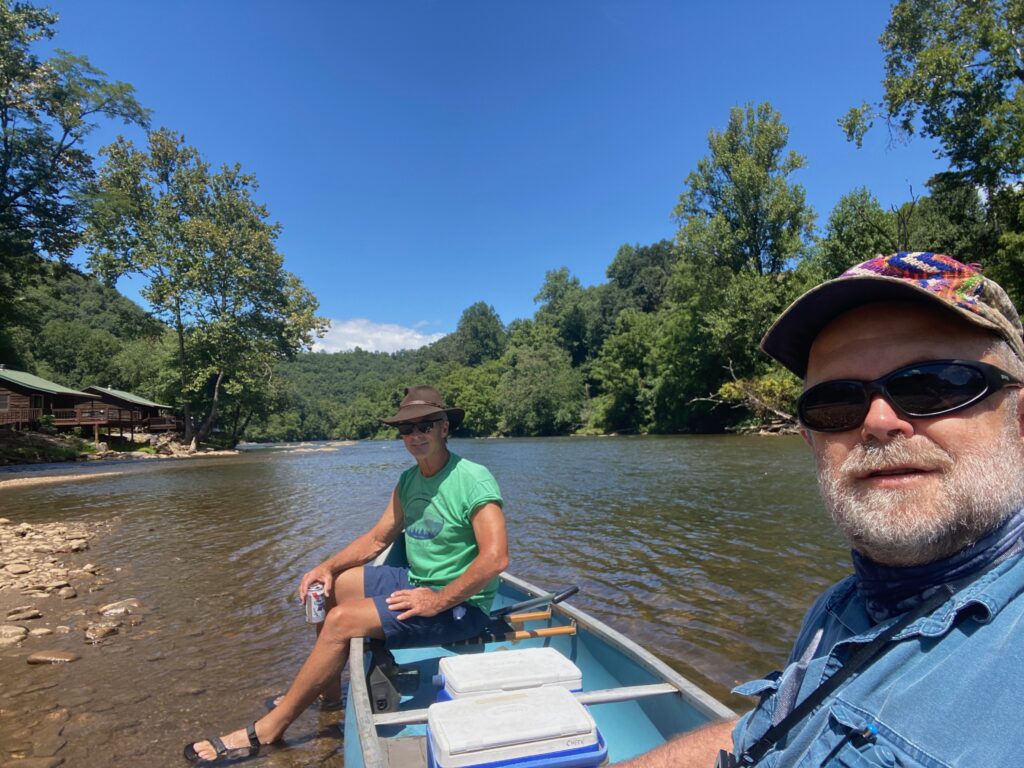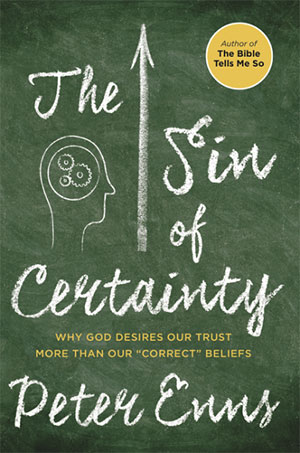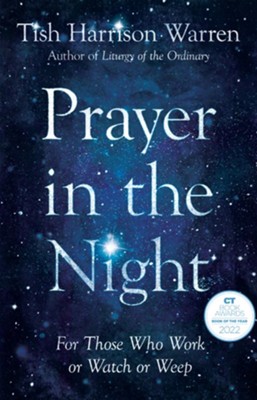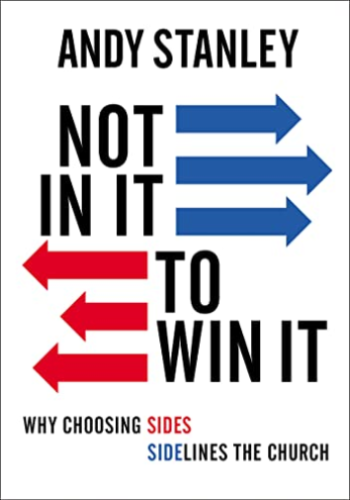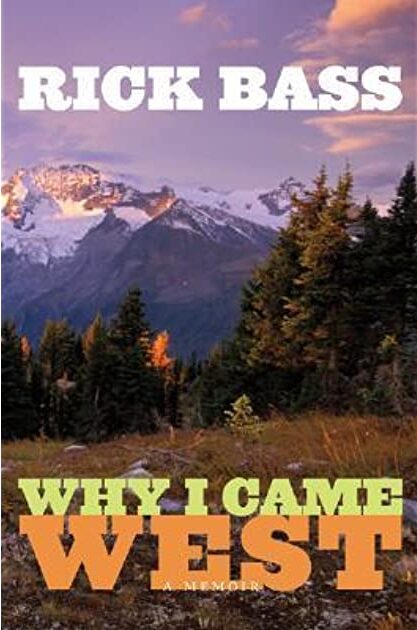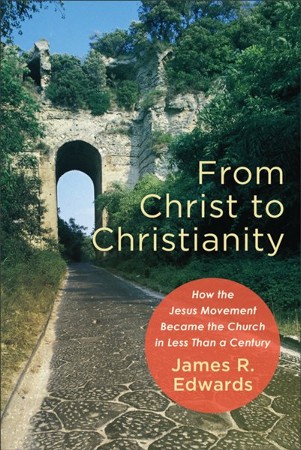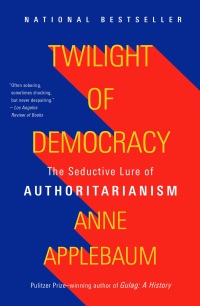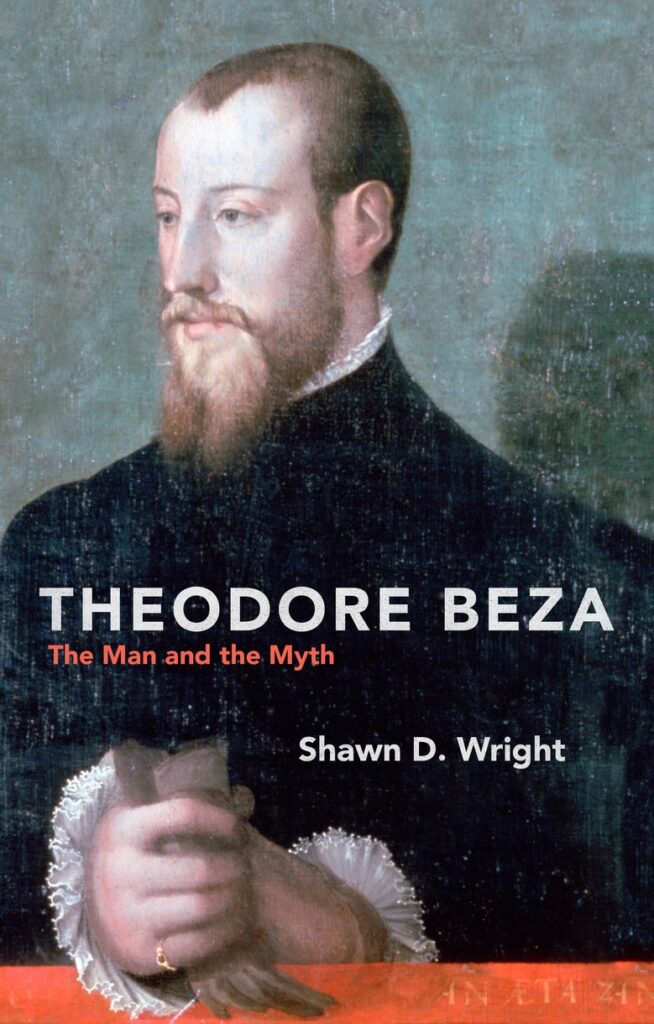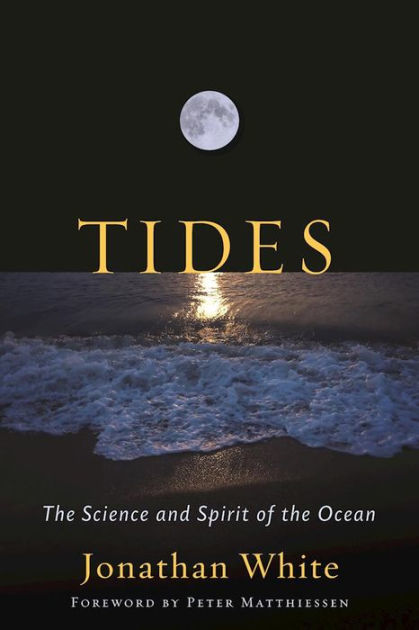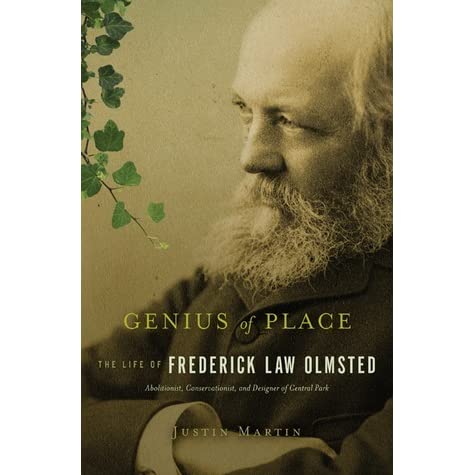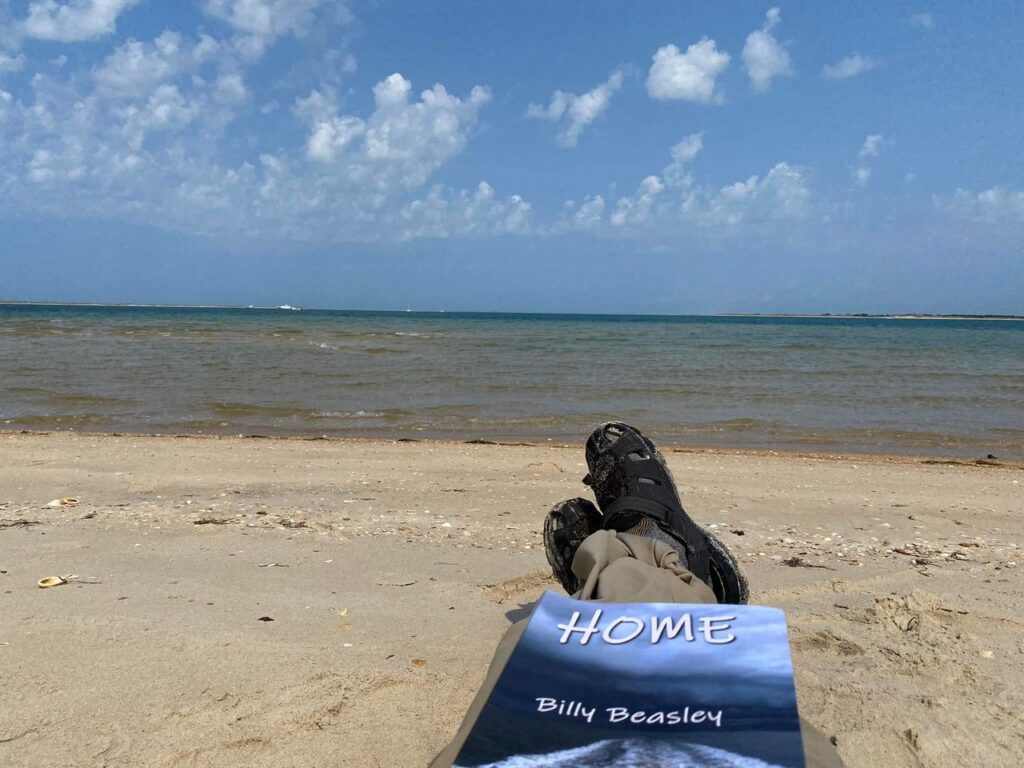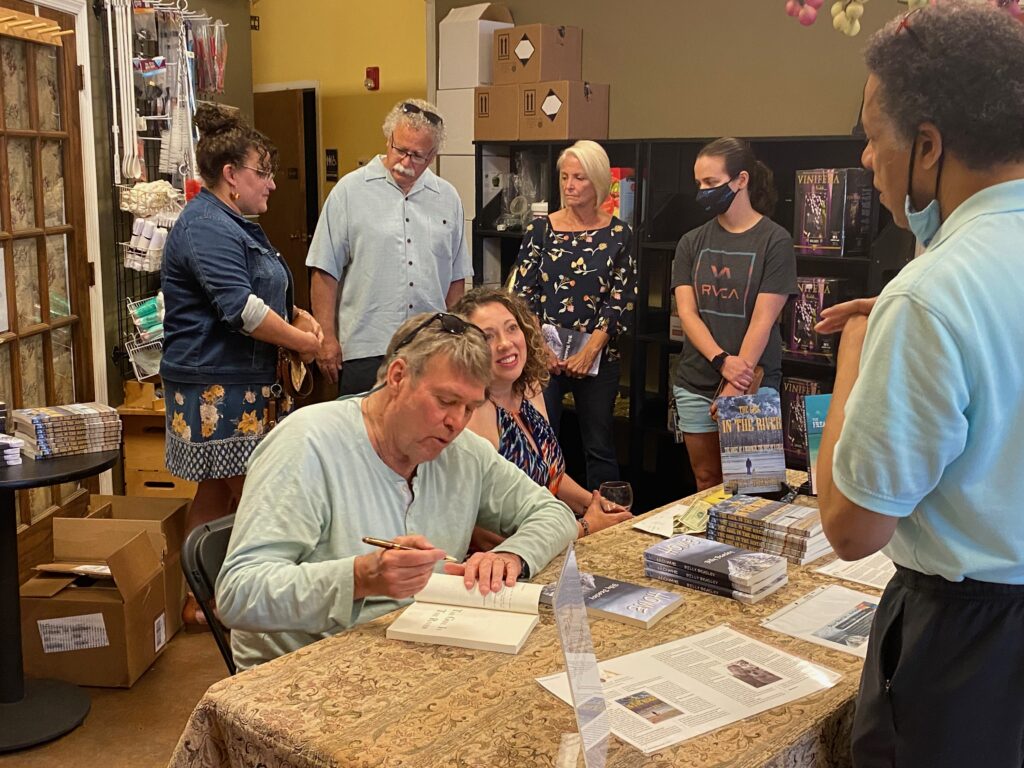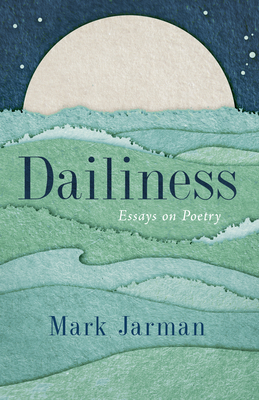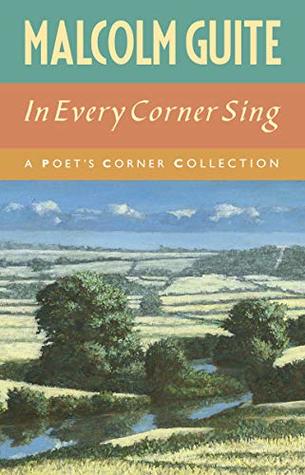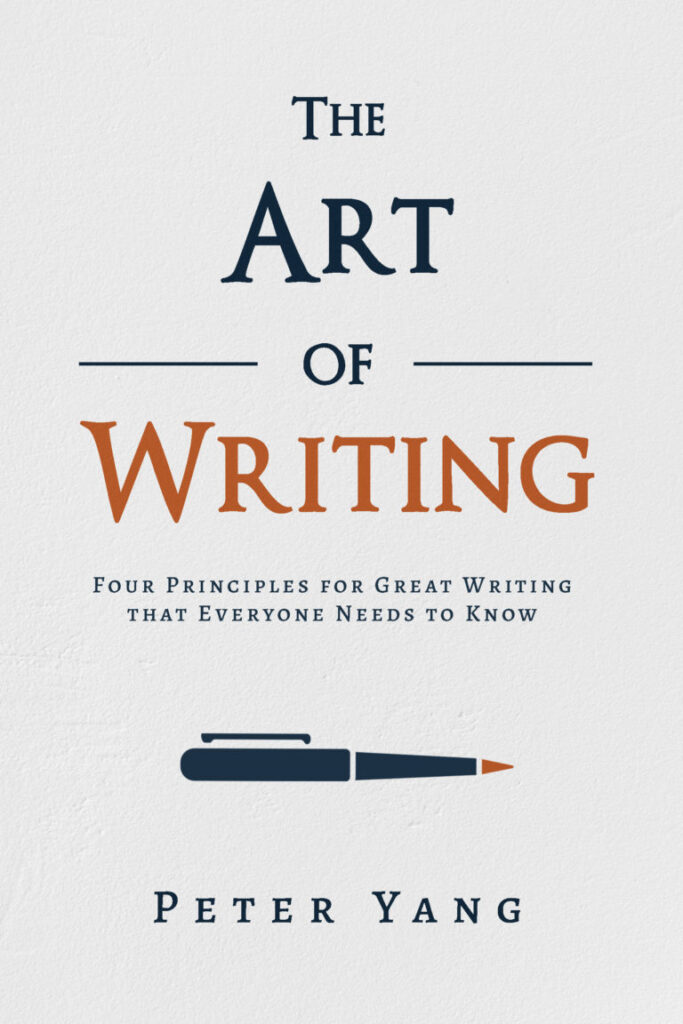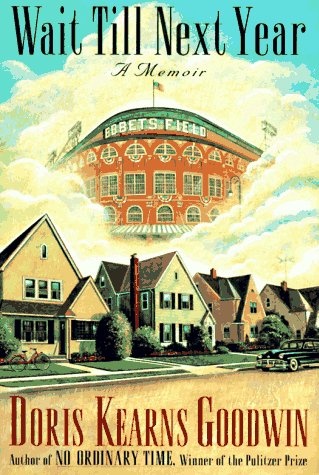Today, I’m just trying to catch up on some books I’ve read over the past few weeks… If one doesn’t interest you, you can skip it and move on to the others.
Andy Stanley, Not in It to Win It: Why Choosing Sides Sidelines the Church
Grand Rapids: Zondervan, 2022), 231 pages.
This is a book that needs to be read. And there should be no excuses. Stanley is a master communicator. He’s easy to read. Unlike many books I read, I didn’t have to look up a single word. But his message and the warning for the church is clear. The evangelical church, of which he’s a part, has sold out Jesus and are more interested in winning politically than following Jesus. And because of this, they have lost the message of love and grace.
Stanley grew up Southern Baptist. His father is Charles Stanley, one of the best-known preachers in the South Baptist denomination. In 1995, Andy Stanley started “North Point Ministries,” a large multi-campus church in Atlanta. He acknowledges that many of his members probably disagree with him. He refuses to endorse political candidates and even challenges the militaristic metaphors often used in church. We may sing “Onward Christian Soldiers,” but Jesus did the opposite as he laid down his life for us.
Not everyone is going to like what he has to say in this book. In the summer of 2020, his church decided to stay closed because of COVID. Many people accused him of selling out. However, Stanley saw it as loving and caring for one another, especially the most vulnerable. His decision to keep the church virtual through 2020 caught the attention of CNN. They interviewed him, which upset others. After all, CNN was not their network of choice. Stanley defends his action by reflecting on what Jesus did and suggesting that if CNN was “the enemy,” that was even more reason to accept the invitation to talk to them.
While Stanley stays mostly neutral on political themes, he challenges some political events like like the Jericho March (A group of pro-Trump supporters who marched on state houses and on January 6, the Capitol in a belief that Trump really won the election). He also points out that using hateful speech toward those whose lifestyle we disagree with or those of different political views from ours as an expression of our faith have gotten Jesus’ message wrong. While he acknowledges that this happens on both side of the political aisle, he appears to come down harder on those who are more like him, on the conservative spectrum.
Stanley makes the point that we are to follow Jesus. This means we can’t just believe. Jesus calls us to action, which is based on love for everyone, not just those like us. While he encourages his followers to participate in the political realm, he doesn’t come out to say they should vote in a particular manner.
Recommendations
The one place within Stanley’s thoughts that bothered me is that he seems to have “moved on” completely from the Old Testament. He joked at one point about one sermon he gave from the Old Testament, but it seems to me he draws his theology exclusively from the New Testament. His emphasis on actionable items may sound like works too many. I think we live in a tension that is found with the two testaments and between law and gospel. However, I wouldn’t let this discourage anyone from reading this book. Stanley challenges us to reconsider how the church handles politics. It is a challenge worth taking.
Quotes:
“You can’t make disciples of people you demonize publicly, and label as enemies of the faith or the state.” (27-28)
“One of the many things I appreciate about Jesus is that he was never concerned about guilt by association. If he had been, he would have stayed in heaven. He would have certainly refused to associate with me.” (37)
“When we reimagine Jesus to fit our partisan agendas, we rob the world of the message that changed the world… We cancel the message that canceled our sin.” (58)
On there being no difference between believing and non-believe party members: “You rarely hear Republicans or Democrats who consider themselves Jesus followers make or draw that distinction. But it would be easy to do if national leaders were more committed to their faith than their political party.” (85)
“We are not at war with the culture. Culture-war Christianity is not simply a waste of time, it is diametrically opposed to the teaching of Paul and the example of Jesus.” (129)
“The path of least resistance is always to complain about everything and do nothing about anything.” (203)
Rick Bass, Why I Came West: A Memoir
(Boston: Houghton Mifflin, 2008), 238 pages.
Rich Bass is writer who lives in Montana’s Yaak Valley. However, he grew up around Houston, Texas. He attended college at Utah State in Logan, where he lives in the “Gentile Sandwich, a floor within the dorm for non-Mormon students. The floors above and below were all filled with members of the LDS Church. Afterwards, he worked in the oil exploration business in Mississippi, before heading back west. He found his home in the Yaak Valley and had lived there at the time he was writing the book for 21 years.
Bass refers to this book as a memoir. While I agree there are memoir-like parts to the book, especially the first part, much of the book seems more a series of essays around creating designated wilderness areas in Bass’ backyard.
I am drawn to and comforted by Bass’ paradox. He is an environmentalist that hunts (he stocks away the meat from an elk and a deer and some birds). He is amused at how those who read or hear him speak are shocked by this. Bass also uses a chainsaw and believes that we can’t stop cutting trees. He is for more responsible land use and is comfortable with what many as a paradox.
Bass also shares how he has been attacked by those who see wilderness as a threat. Sometimes the attacks are frightening, but often they are only emotionally hurtful. Yet, despite this, he continues to save the remaining wild parts of the world in his neighborhood.
Favorite and humorous sections
My favorite chapters (or essays) in the book are “Landscape and Imagination” and “The Poison of Language. In the first, Bass draws on how the duality and tension within landscape gives birth to narrative. Bass, writing as an environmentalist, like George Orwell’s essay “Politics and the English Language,” points out how language is often abused to sell us stuff. It can be a product, a land management practice, or a political idea. However, language also holds the power to enchant us and encourage us to protect our wild spaces.
The most humorous essay are his bear spray stories. Reading them, I began to wonder if carrying bear spray is a little like arming yourself with a gun for protection. Statistically, the person you’re most likely to shoot is yourself. And Bass seems pretty good at ending up on the wrong end of pepper spray. The funniest story was sneaking what he thought was his date’s breath freshener from her purse when she had gone to the bathroom. A quick whiff of her self-defense device and he was no longer in the mood and she didn’t have anything to worry about that evening.
I was drawn to this book because I had never read any of Bass’ books and felt I should get to know him. As one who has spent a dozen years in the American West, and who still finds it enchanting, the title also title drew me in. I recommend this book if you have such feelings for a particular place on earth. Bass tells a good story.
Quotes:
“The West has never been anything but a colony of the extractive industries, feasting (with the benefits of full congressional subsidy) on the splendor of these public wildlands. But the extractive industries have been very shy in doing everything they can to promulgate this myth of the rugged and completely independent individual: enhancing the already existing wall that stands between the rural West and the rest of the outside world…” (45)
“What kind of environmentalist am I, really, to be still using petroleum and to still be using wood? Almost nothing, really, with regard to our huge presence in the world these days, is in the least bit sustainable. This certainly doesn’t mean we shouldn’t do the best we can. I think what it does man is we shouldn’t be high and mighty, and should never forget the unaccountability of the awful and immense cost of the joyous gift of us being here—and again, while trying to do as little harm, or even as much good, int hose areas of our lives where we are most active and passionate, it may be perceived there is a sin or paradox here, to be desiring perfection and absolute sustainability even when it is not possible, and to likewise be advocating for the protection of pristine country even while seeking elsewhere to be more actively managed and manipulate the fringes of an ecosystem.” (92-3)
James R. Edwards, From Christ to Christianity: How the Jesus Movement Became the Church in Less than a Century
(Grand Rapids: Baker Academics, 2021), 290 pages include indexes, bibliography, maps.
Our knowledge of the first few centuries of the Christian era is shrouded. While the book of Acts focuses on the early growth and mission of the church, it only follows one strand, the taking of the gospel to Rome. Other threads of mission that saw the church growth in Africa including Alexander, into Asia including India and China, and deeper into Europe remain a mystery. In this book, James Edwards attempts, where possible, to reconstruct the history of the early church during its first century.
Each of the chapters within this book focuses on a movement. From rural to urban, Edwards looks at how the “Jesus movement” that began among rural Galilean peasants spread to urban areas while dying out in the place of its birth. Other chapters focus on books the physical movement from its first urban center, Jerusalem, to Rome and into Asia and Africa. Other chapters focus on a shift of language from Hebrew and Aramaic to Greek, from a Jewish to a Gentile movement, and a movement occurring through persecution. Much of the book focuses on the break from the Jewish tradition, as the emphasis moves from Torah to Kerygma, from the synagogue to the church, from a Jewish ethos to a Christian one, from an emphasis on the Passover to the Eucharist, from Sabbath (Saturday) to Sunday, and from a scroll to “codex” (or books). There are also chapters focusing internally on the church as it goes from a movement known as “the Way” to “Christian,” and as the leadership shifts from the Apostles to Bishops.
A few interesting things I found in this vast study:
- The split between those from those of the Jewish tradition and of the newer Christian tradition didn’t fully occur into the Jewish revolt in the 2nd Century. I always assumed the split came after the Jewish revolt of 66 AD. While the earlier revolt impacted the two traditions going separate ways, Edwards maintains it wasn’t until the later revolt that the split became permanent.
- Pentecost was not the church’s beginning, as we often say and celebrate. Rather, it is the church’s equipping.
- The synagogue became a place that followed Jews in comparison to the temple. The temple was a place where Jews travelled. Likewise, the church would forever “follow” believers rather than being a place to travel.
This is a well-researched work. While Edwards draws heavily on both the Old and New Testament for understanding, he also draws from other primary sources. He explores the few early Christian works still available along with Jewish and pagan writers. I recommend it to those serious about early church history. It would make an excellent textbook for an advance class, perhaps in a seminary, on the topic of the early church.
Quotes:
“Eliminating evil does not result in a state of virtue; indeed, it may invite the return of greater evil.” (166_
True martyrdom is not a single act at the end of life, however, but bearing witness to the gospel in daily life through ‘Patient endurance, imitating the ‘goodness of the Lord,’ and the example of the Lord himself.” (166-7)
The early church did not speak of the Christian way in terms of ease and comfort, of low demands or no demands, but as a rigorous and demanding contest.” (167)
“That God divulges himself as God precisely in lowliness,’ concludes Eduard Schweizer, ‘means that his community must differentiate itself from the world by its willingness to take on lowliness.’” (198, this is Edward’s translation from German of Schwiezer, Gemeinde und Gemeindeodnung.)
“The Apostolic Fathers admonished readers not to allow the name ‘Christian’ to become a substitute for Christian behavior… ‘We should not be known as Christians, but really be Christians.’” The last is a quote from Ignatius in a letter to Magnesia (Western Turkey). (232)

